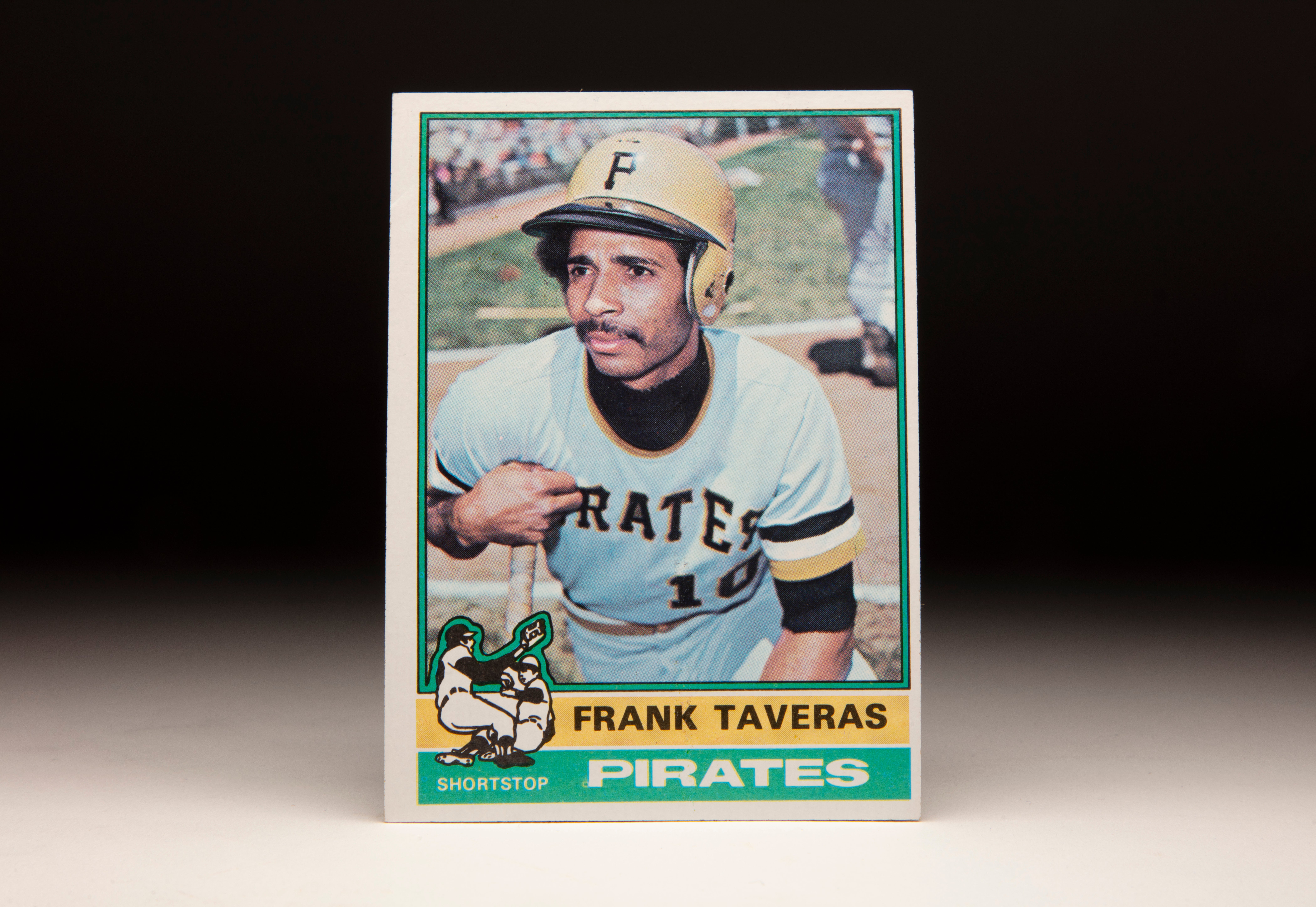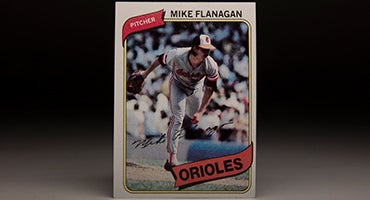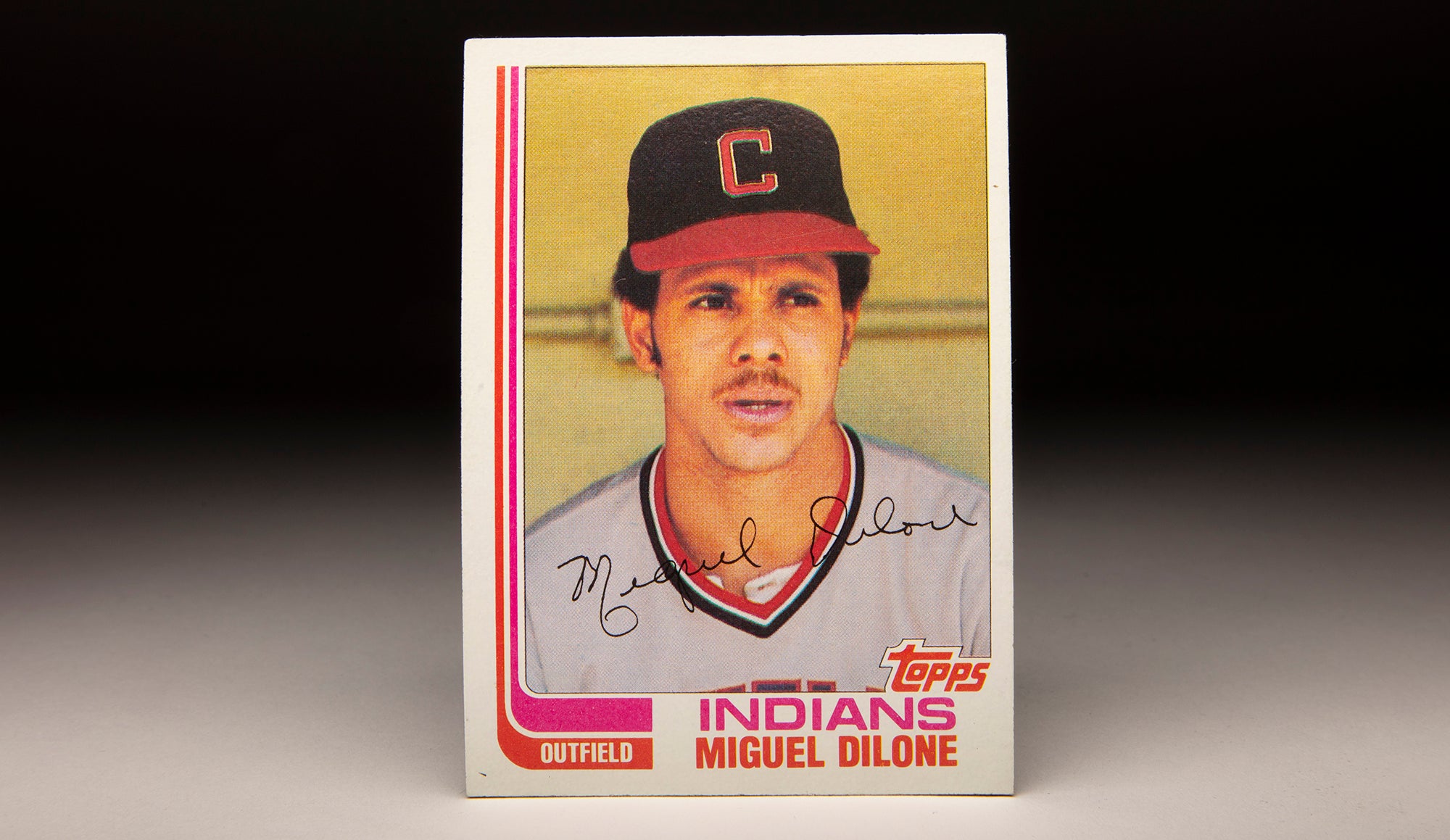#CardCorner: 1982 Topps Omar Moreno
Omar Moreno’s durability and general aversion to bases on balls left him annually among the leaders in outs made during his 12-year big league career – a distinction few players would want.
But with the 1979 World Series championship hanging in the balance, Moreno produced one of the biggest hits in Pirates history, helping bring the title to Pittsburgh.
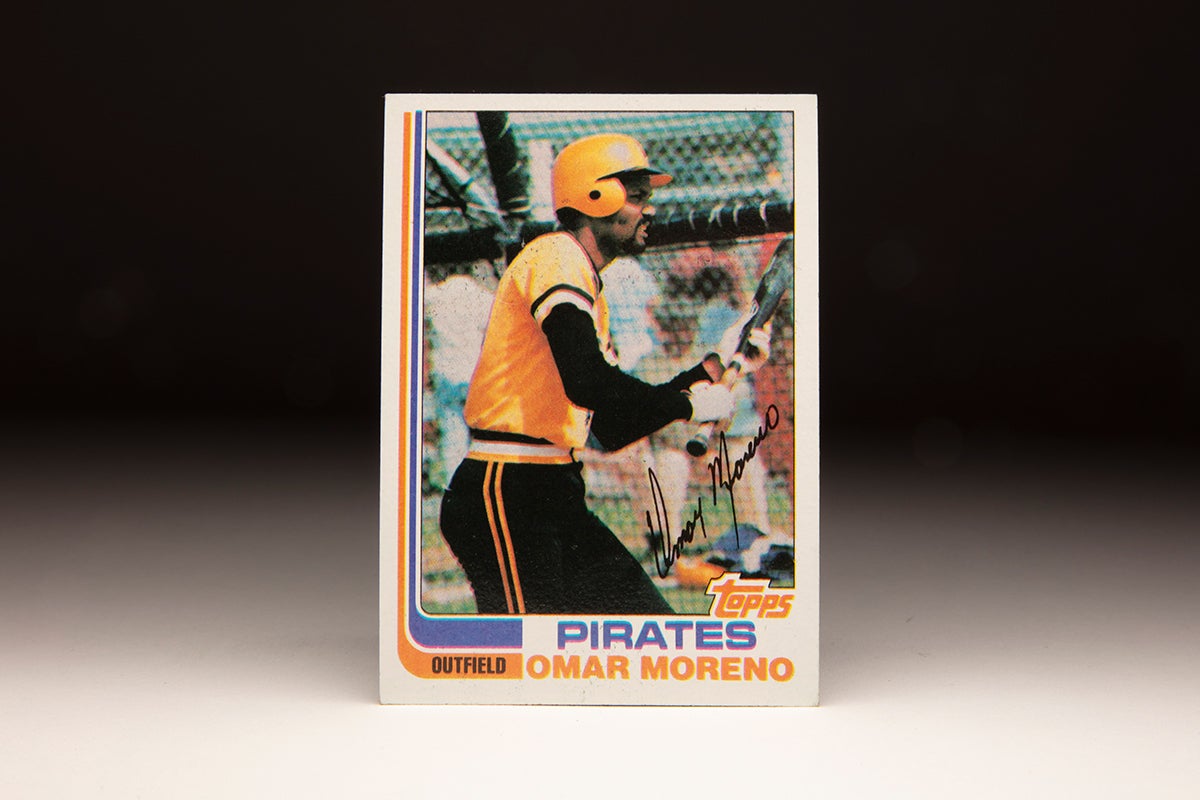
He was born Omar Renan Moreno on Oct. 24, 1952, in Puerto Armuelles, Panama – located on the Pacific Ocean side of the country near the city of David. A track star in his youth, Moreno caught the attention of the Pittsburgh Pirates’ Latin American super scout Howie Haak. Moreno’s parents allowed him to sign with the Pirates only a few months after he turned 16 on March 30, 1969.
His signing bonus was nothing more than a trip to the Pirates’ minor league facility in Bradenton, Fla.
“He could run – that’s all,” Haak told the Pittsburgh Post-Gazette in 1981. “He couldn’t hit a lick. He couldn’t field. If Omar had grown up playing Little League and Pony League baseball, we wouldn’t have (signed him). He didn’t play that much in Panama.”
But Haak and the Pirates gambled that with experience, Moreno would turn into a viable big leaguer.
Moreno hit .290 as a 16-year-old with the Pirates’ Gulf Coast League team in 1969, then played most of 1970 and all of 1971 in the GCL again. In 1972, he split time between Niagara Falls of the New York-Penn League and Gastonia of the Western Carolinas League, batting a combined .263 with 39 steals in 119 games.
Then in 1973, Moreno led the Carolina League with 77 steals at Class A Salem while batting .284 with 112 runs scored in 136 games. He earned a late-season promotion to Triple-A Charleston, was invited to the big league club’s Spring Training and then spent 1974 with Double-A Thetford Mines of the Eastern League, batting .300 in 112 games with a league-best 67 steals. Once again, Moreno earned a promotion to Triple-A during the season.
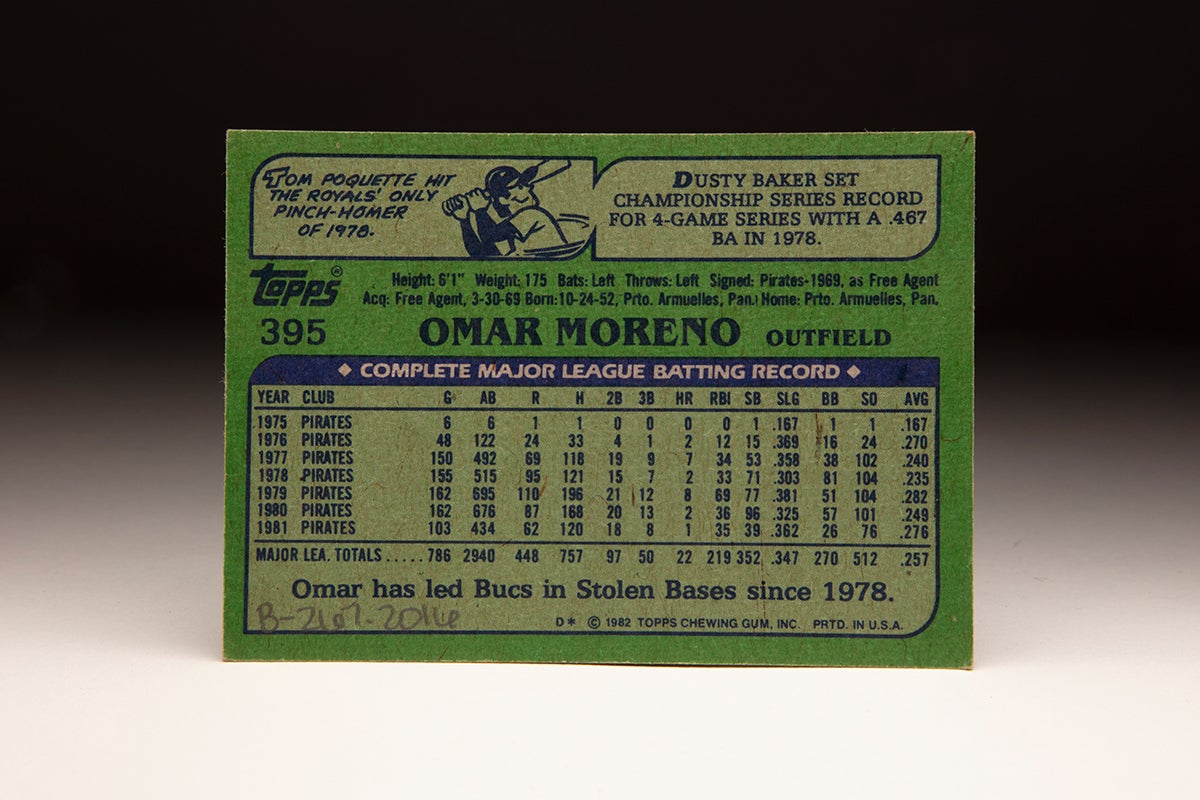
In 1975, Moreno began the year with Triple-A Charleston and batted .284 with 39 steals in 130 games before getting the call to the big leagues that September. The Pirates won their fifth National League East title in six years that season, and Moreno appeared in six games down the stretch – mostly as a pinch-hitter or pinch-runner. He recorded his first big league steal on Sept. 24 against Johnny Oates of the Phillies, giving him a total of 40 for the season.
That year, the Pirates entire team totaled 49 steals – 17 by young shortstop Frank Taveras. So heading into the 1976 campaign, Pirates manager Danny Murtaugh was committed to taking a long look at his young speedsters like Moreno and Miguel Diloné. The Pirates assigned former MLB single-season steals leader Maury Wills to work with Moreno and other prospects that winter, and Moreno put that knowledge to work in Charleston – hitting .315 with 55 steals in 94 games. He had a short stint with the Pirates in June before returning to Charleston – and then came back to Pittsburgh in August when Pirates center fielder Al Oliver was sidelined with a middle ear infection.
“He looks like he’ll be a player to be reckoned with,” Murtaugh told the Pittsburgh Press in August when Moreno was summoned to the big leagues. “But it remains to be seen whether he can hit major league pitching. In the outfield, he has great speed, a little above average arm and what looks like a good pair of hands.”
Moreno had no doubt about his ability.
“I don’t think I’ll be going back (to the minors),” he told the Press.
Moreno connected for his first big league homer on Aug. 13 against Joe Niekro of the Astros.
“I didn’t know he could hit a ball like that,” Murtaugh told the Press.
Moreno was hitting .328 as late as Sept. 1 before cooling off and finishing with a .270 batting average and 15 steals in 48 games. His on-base percentage of .357 – aided by 16 walks – turned out to be the top total of any of his 12 big league campaigns.
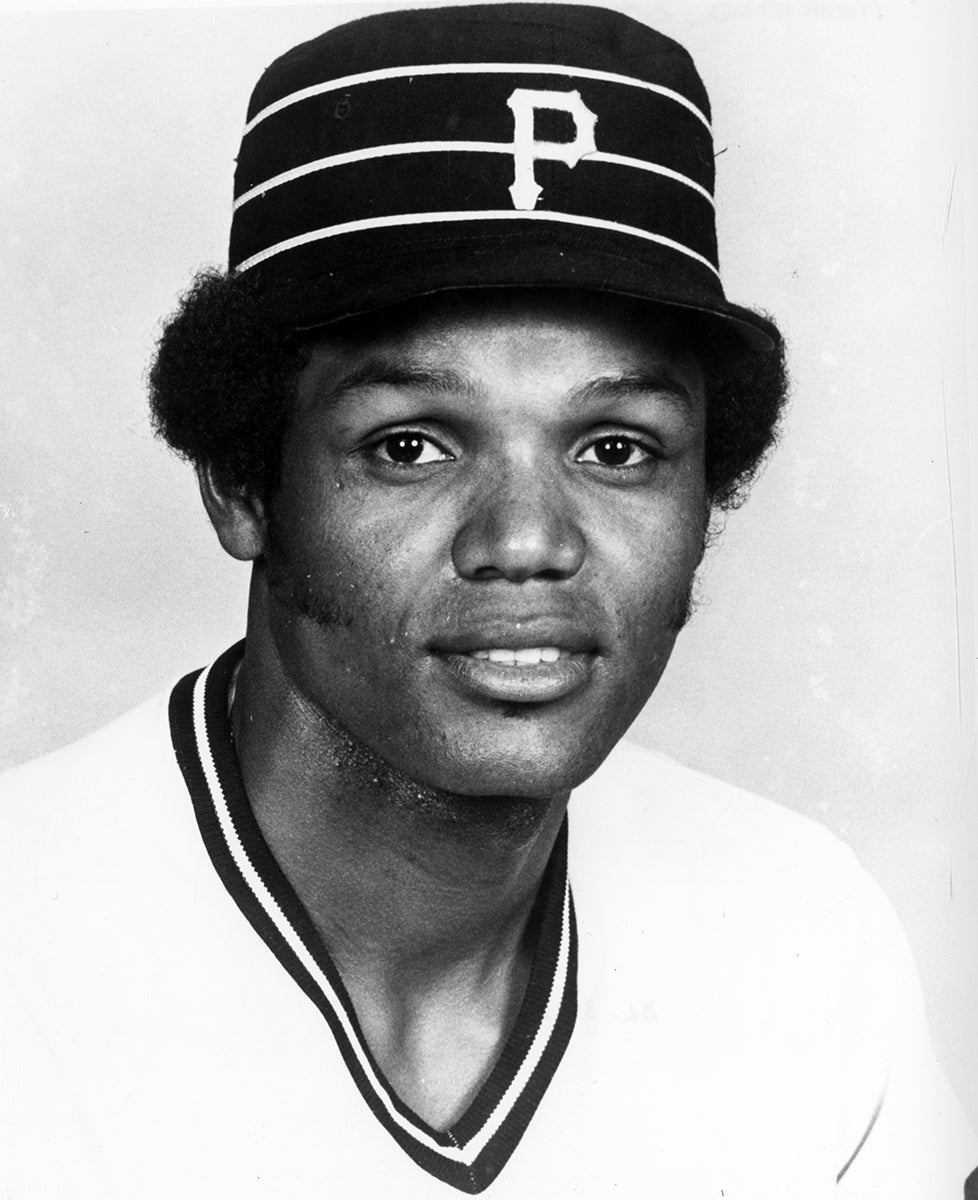
The Pirates had three Panamanian players on their roster in 1976: Manny Sanguillén, Rennie Stennett and Moreno. But when Murtaugh passed away following the season, the Pirates sent Sanguillén and $100,000 to the Athletics in exchange for Chuck Tanner in a rare player-for-manager deal.
Tanner, who skippered an Oakland team that stole an American League record 341 bases in 1976, took a look at his new club and saw untapped speed in the form of players like Moreno and Taveras.
“I want the other teams to know that everybody runs on our club,” Tanner told the Post-Gazette early in the 1977 season. “That’s our game plan and we’re not going to change it.”
Moreno won the Pirates’ center field job in 1977 as Oliver moved to left. With Moreno and Taveras at the top of the batting order, Pittsburgh began running at will and totaled 260 steals for the season. Moreno had 53 – Taveras led the team and the NL with 70 – while batting .240 with 69 runs scored in 150 games.
In 1978, Moreno’s average dropped to .235 but he set a new modern era team record with 71 stolen bases, leading the majors in that category. He also drew what would be a career-high 81 walks, increasing his on-base percentage to .339 and giving the Pirates hope that his plate discipline would continue to grow.
“I’m trying to guess the pitches now,” Moreno told the Press in 1978. “I go up looking for a good pitch to hit instead of just swinging.”
But the Pirates continued to work with Moreno on his swing, looking to smooth out a hitch in his left-handed stance that often caused him to produce weak contact. He also struck out 104 times in 1978, an inordinately high number for a singles hitter during that era. In six of his first seven full big league seasons – save only the abbreviated 1981 campaign – Moreno reached the century mark in strikeouts.
Moreno’s game-changing speed, however, made him a valuable commodity. And in 1979, he produced his best season – a campaign that not coincidentally occurred as the Pirates won the World Series.
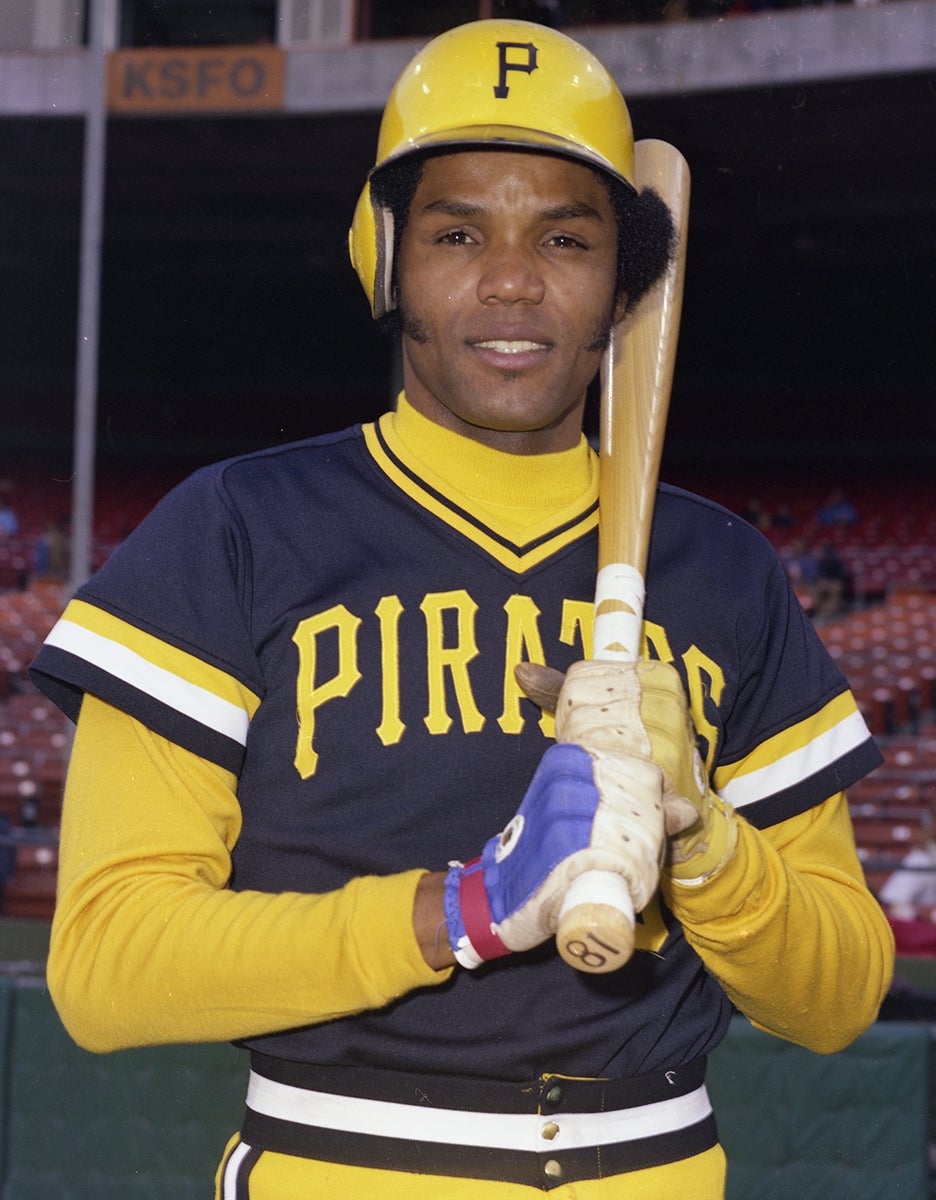
Moreno played in 162 regular season games in 1979, hitting .282 with 196 hits, 110 runs scored, eight home runs and 69 RBI while garnering down-ballot support in the NL Most Valuable Player Award race. He stole 77 bases, the top total in the NL while also flashing his speed by recording 489 defensive put outs – which remains the 11th-best total for any center fielder in history. Moreno also led the NL with 13 errors but many came on throws as he more than earned his nickname “The Antelope” with his long strides into the gaps at Three Rivers Stadium and across the league.
“He’s the key to our offense,” Pirates right fielder Dave Parker told Gannett News Service prior to the World Series after Moreno recorded three hits and a stolen base in Pittsburgh’s three-game sweep of the Reds in the National League Championship Series. “He sets up the meat of our lineup.”
In the World Series, Moreno was a combined 5-for-23 (.217) in the first five games – and was the subject of widespread criticism for failing with runners on base – as Baltimore jumped out to a 3-games-to-1 lead before the Pirates won Game 5. But in Game 6, Moreno had three hits, scored a run and drove home another as Pittsburgh won 4-0 to force Game 7.
Baltimore held a 1-0 advantage through five innings in the decisive game – despite a Moreno single to lead off the contest – before Willie Stargell’s two-run home run in the sixth put Pittsburgh in the lead. The score remained 2-1 into the ninth inning despite a bases-loaded, two-out blast by Eddie Murray in the bottom of the eighth off Pirates closer Kent Tekulve that looked like it was headed for the Memorial Stadium stands but died in Parker’s glove one step before the right field warning track.
Phil Garner then led off the ninth with a double, and after Tekulve was unable to bunt him to third, Moreno came to the plate. Baltimore manager Earl Weaver countered by bringing on lefty Mike Flanagan, who would soon be voted the American League’s Cy Young Award winner. Moreno, who finished his career with a .233 batting average against lefties, grounded a ball up the middle that found the outfield grass and sent a celebrating Garner across the plate, giving Pittsburgh a 3-1 lead.
The Pirates would add one more run and Tekulve would shut the door in the ninth – with Moreno catching a fly ball off the bat of Pat Kelly for the last out – to give the Pirates their championship. Moreno finished the World Series 11-for-33 (.333) with four runs scored and, ironically, no stolen bases.
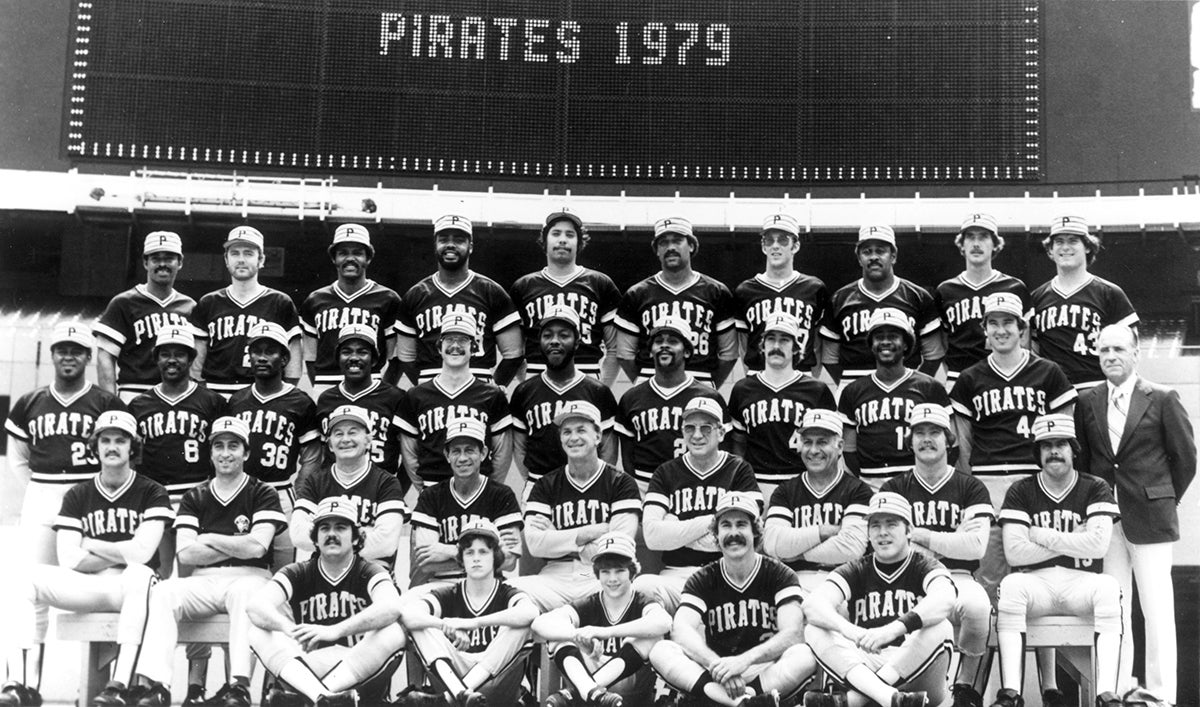
Moreno entered Spring Training in 1980 hoping for a new multiyear contract but the Pirates offered only a one-year deal.
“I said OK to a one-year contract in Spring Training because they said we’d talk about a five-, six-year contract later,” Moreno told the Press. “Then they changed their mind and (said) no.”
Moreno battled an injury to his left pinkie finger that hampered his swing for much of the 1980 season. He finished the year with a .249 batting average but still played in 162 games and led the league in plate appearances and at-bats for the second straight season – helping him total a league-leading 560 outs made, which remains the top single-season total in MLB history. He also led the NL with 13 triples and stole 96 bases, becoming the first player in the Modern Era (post 1900) with 70-or-more steals in three straight seasons. Remarkably, Moreno did not lead the NL in steals in 1980 as the Expos’ Ron LeFlore swiped 97 bases – giving Moreno the distinction of having the top Modern Era stolen base title of any player who did not lead his league.
He did, however, lead all NL outfielders in put outs (481) and assists (15) in 1980.
“He wins an awful lot of games for us with his glove,” Parker told the Press in 1980. “I think he is the best center fielder in the league.”
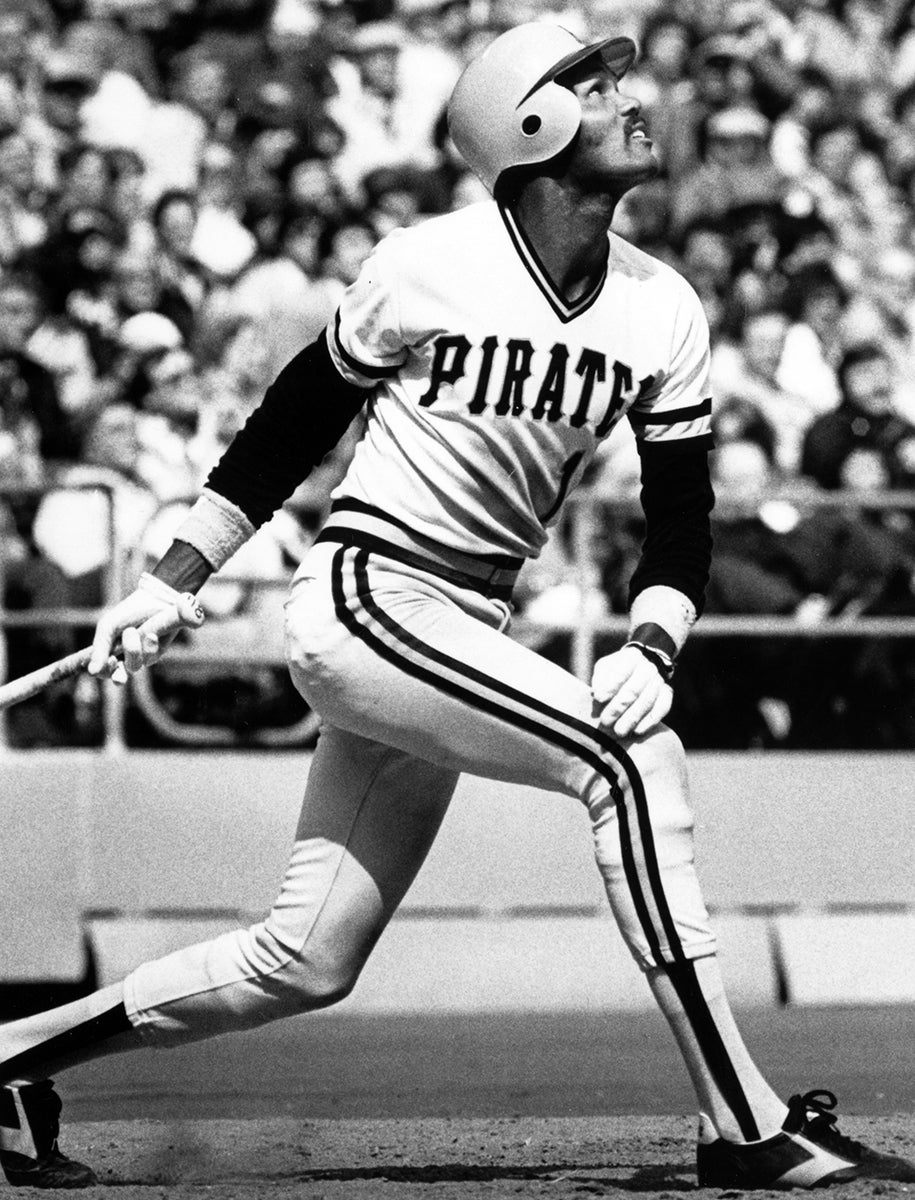
Moreno bounced back at the plate in 1981, hitting .276 with 39 steals and 120 hits (ninth in the NL) in 103 games.
“I can hit .300 this season,” Moreno told the Post-Gazette in 1981 before his average rose as high as .291 in late September. “I know what it will take to hit .300 and I know I can do it.”
But in 1982, Moreno’s average dropped to .245. And even though he stole 60 bases, he was caught stealing 26 times – the third straight season he led the NL in that category. He also made 535 outs, matching his 1979 total and once again leading the league. Moreno still holds three of the Top 10 single-season outs made totals of all time.
A free agent following the season, Moreno signed with the Astros on Dec. 10, 1982. The move angered Pirates general manager Harding Peterson, who believed his offer of a five-year deal worth a reported $3.125 million would be accepted.
“Moreno left the Pirates for only, and I stress only, $25,000 a year,” Peterson told the Associated Press. “It’s just an example of why baseball has its problems. There are a number of owners who escalate the salaries, and clubs like Pittsburgh and Minnesota and some others can’t match it.”
The Astros, however, were thrilled to bring Moreno aboard.
“In my mind, Omar is the epitome of the classic leadoff man,” Astros general manager Al Rosen told the AP, “and we look forward to him being the table-setter for our offensive attack.”
Moreno posted his usual offensive numbers in 1983, hitting .242 with 11 triples and 30 steals through 97 games before the Astros traded him to the Yankees on Aug. 10 in exchange for Jerry Mumphrey. The deal had been expected after Moreno became angry at Astros manager Bob Lillis a few weeks earlier for benching him against left-handed starting pitchers.
“If I can’t play every day here, I want to go somewhere else,” Moreno told reporters. “I have too much talent to sit on the bench.”

Moreno finished the season with a .244 batting average and 37 steals, his lowest total in a full big league season. In 1984, Moreno became a part-time player with New York and hit .259 with a team-leading 20 steals – double the total of second-place Willie Randolph – in 117 games.
But when the Yankees acquired Rickey Henderson following the 1984 season, Moreno’s days in New York were numbered. He appeared in just 34 games – hitting .197 – before the Yankees released him on Aug. 16. Hooking on with the Royals in early September, Moreno hit .243 in 24 games but did not steal a base. For the year, Moreno played in 58 games and totaled just one steal in three attempts.
The Royals released Moreno following the season but he found work with Atlanta – where Tanner was now the manager – and played in 118 games, hitting .234 with 17 steals.
“He’s playing as well as he did playing every day in Pittsburgh,” Tanner told the AP during the spring of 1986.
But the Braves released Moreno following the season, and when he found no other offers his on-field career came to an end. He finished his 12-year career with a .252 batting average, a .306 on-base percentage, 1,257 hits and 699 runs scored.
His sprinter speed, however, made Moreno a valuable asset on the bases and in the outfield for more than a decade.
“The last thing you look at with Moreno is his hitting,” Chuck Tanner told the Pittsburgh Press in 1980. “I played him every day when he hit .235, and I would today.”
Craig Muder is the director of communications for the National Baseball Hall of Fame and Museum

